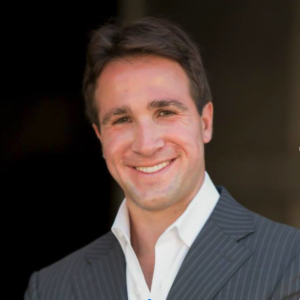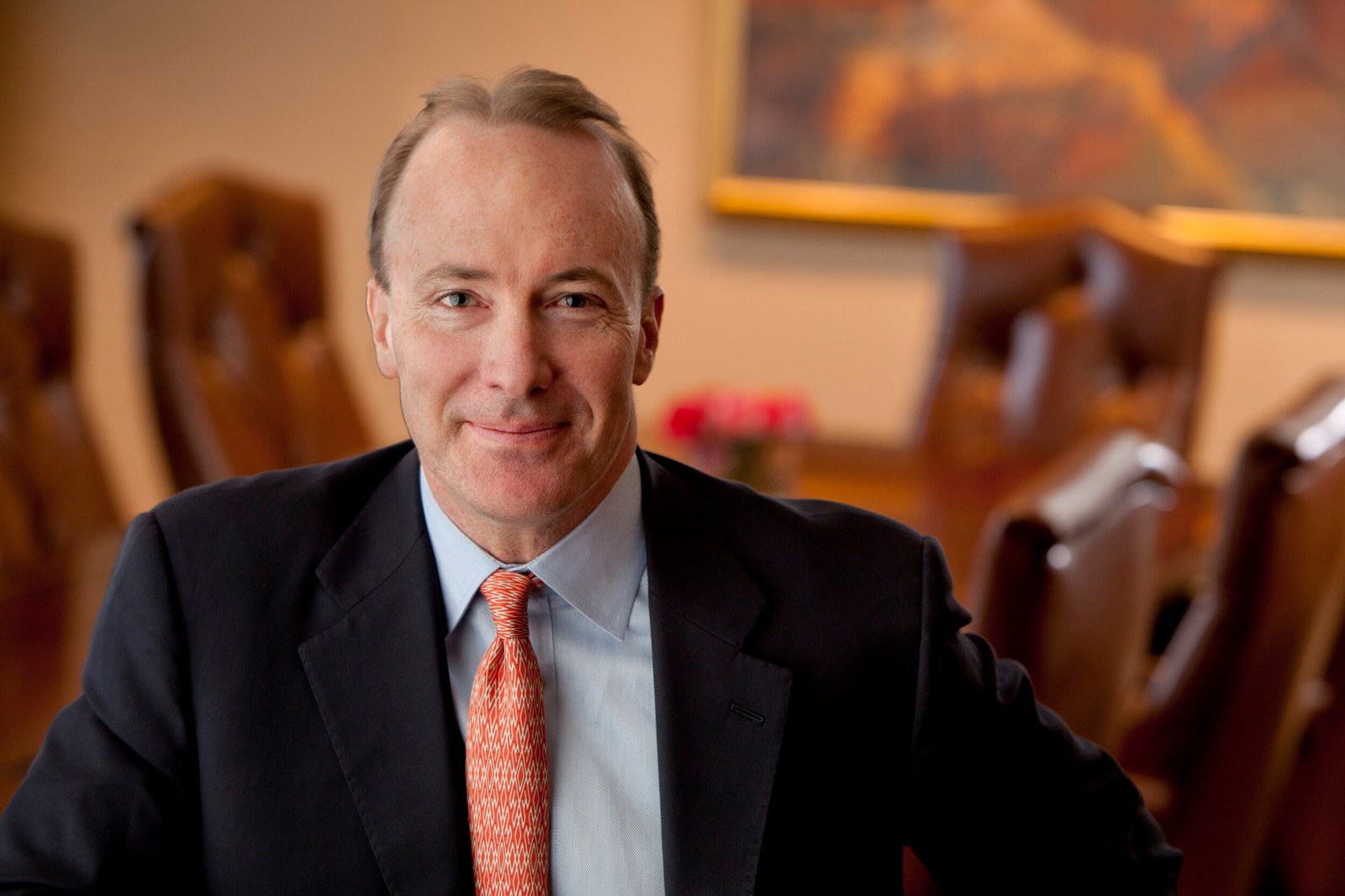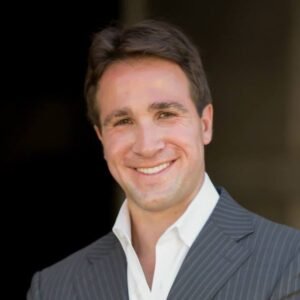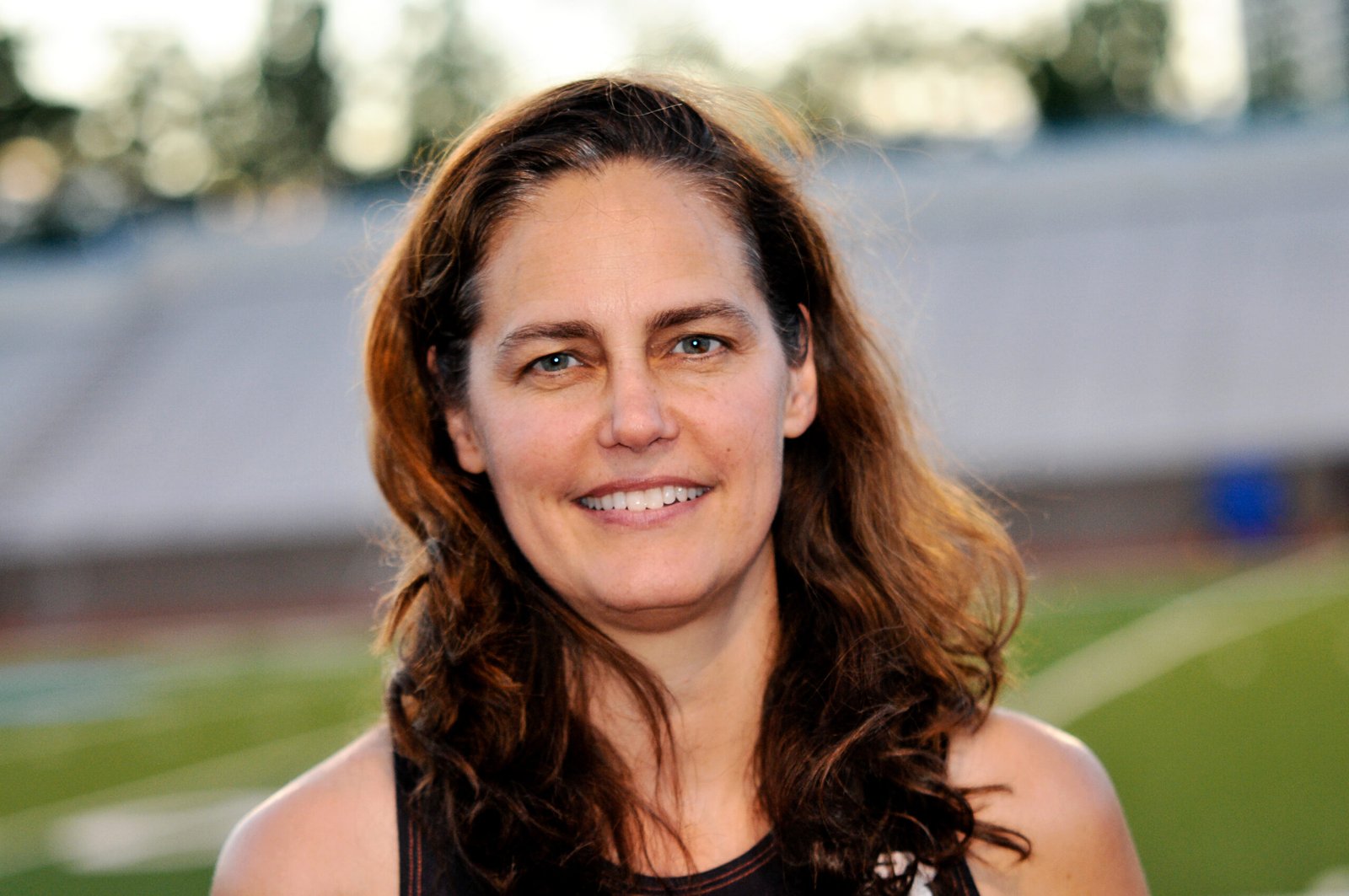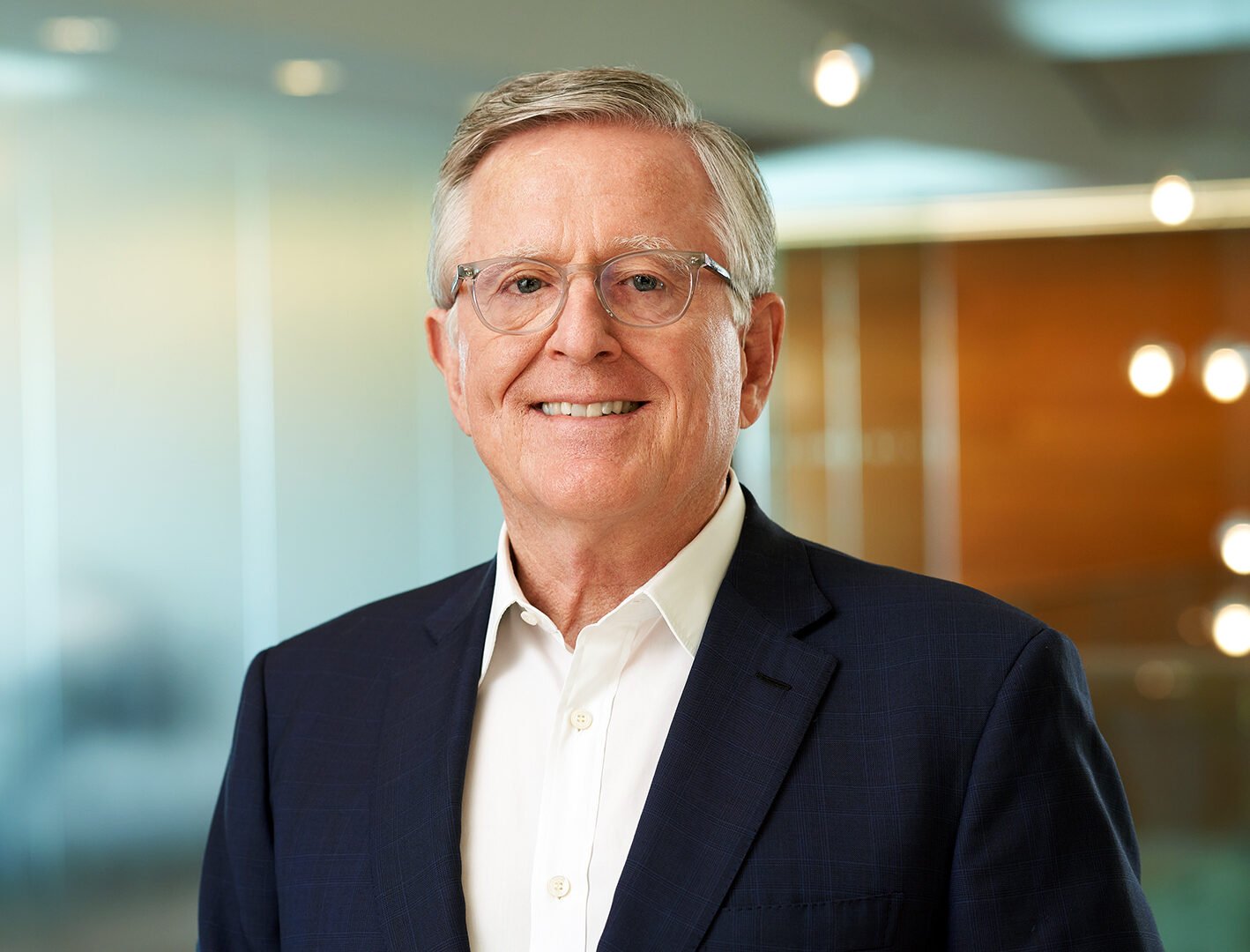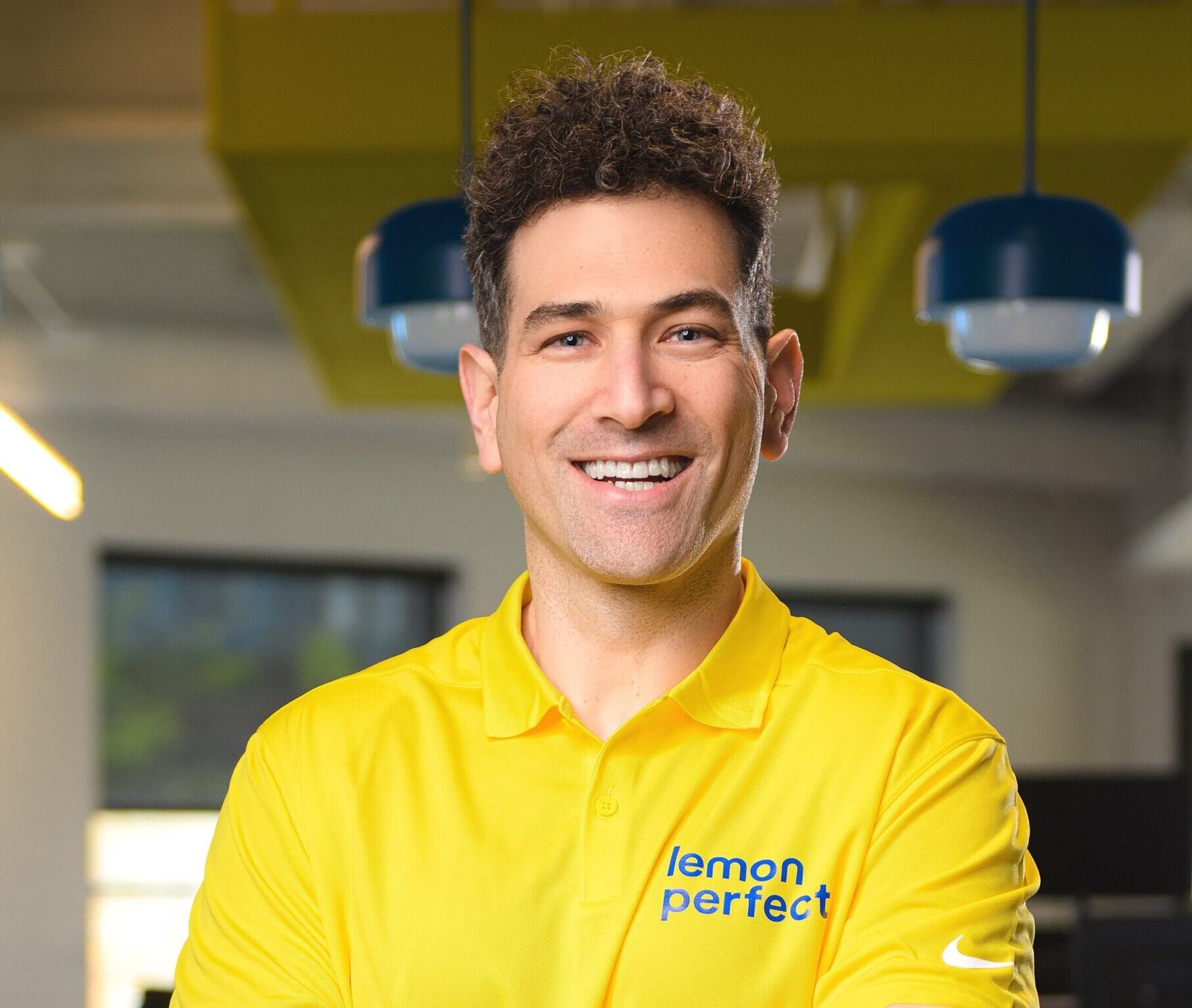I recently went one on one with Clarke Murphy, CEO of Russell Reynolds Associates. Clarke and RRA recently partnered with the United Nations Global Compact (UNGC) on a report outlining the ideal characteristics leaders across the c-suite will need to create meaningful changes to promote diversity and sustainability over the next ten years.
Adam: Thanks again for taking the time to share your thoughts. It has been over a year since the last time we did this. What have been your biggest leadership lessons from 2020?
Clarke: This has been a difficult year for leaders – a global pandemic, unrest over racial inequality, economic upheaval, political uncertainty, and more. Some executives have struggled during this period, and others have done a remarkable job leading their people and their organizations through very tough circumstances. I think the ones who have done well have kept a few things top of mind:
The importance of communications – open, honest, and frequent.
A focus on core values – knowing what matters, what cannot be neglected, and what matters to the market.
Staying humble – being honest in admitting concerns, and open to hearing a range of opinions from colleagues.
Demonstrate grit – see tasks through to completion, maintaining standards, and staying optimistic.
Adam: How did your partnership with the United Nations Global Compact come together?
Clarke: Our relationship with the UNGC goes back several years, as we helped them with their leadership needs. As it became clearer that sustainability was an increasingly important topic for our corporate clients, we realized that our two organizations could each bring a valuable piece of the puzzle in cracking the question of how to deliver on the ambitious sustainability goals that so many companies have set for themselves. The UNGC are the clear experts on the vital role that the private sector must play in order for the world to achieve the Sustainable Development Goals (SDGs), and we see ourselves as bringing the leadership lens to that – once the goal has been set, what kinds of leaders do you need to get there?
In that respect, our partnership is a great example of the principles that the UNGC has been promoting for years, recognizing that no single actor will be able to solve these problems on their own, and that problems of this scale require everyone to identify their unique value add in finding solutions
Adam: What were the key takeaways from the UNGC report you believe readers should be aware of and understand?
Clarke: As part of our research we spoke with more than fifty CEOs and board leaders who have driven change in their companies by integrating sustainability into business strategy, and who have succeeded at both. We looked at their motivations, skillsets and actions in order to figure out what differentiated this group from any other sample of high-performing leaders. We discovered two important things:
Companies are not yet prioritizing sustainability in what they look for in senior leaders: Despite changing stakeholder perceptions and highly visible commitments to become more sustainable, companies are not yet embedding sustainability into their leadership frameworks. We analyzed close to 4,000 senior executive and board position specifications, and found that only 4% include sustainability expertise or mindset as a requirement. We believe this explains the disconnect between the increasingly accepted view that sustainability is critical to business success, and the reality that few businesses are living up to their commitments.
The pool of sustainable talent is larger than it might seem: It is tempting to assume that all sustainable leaders were born that way, with an innate passion for the environment or social issues. And while it is true that many of the sustainable leaders we studied fit this description (just under half), an even larger number either came to an understanding of the strategic importance of sustainability as they grew in their careers, or had a pivotal moment of realization, prompted by some major event or experience, that there was more to business than just profit maximization. This is important because it means that sustainable leadership can be fostered and developed; companies are not dependent on finding innately passionate leaders, but rather can develop this understanding among their senior executives.
Adam: What do you believe are the ideal characteristics leaders across the c-suite need in order to create meaningful changes to promote diversity and sustainability?
Clarke: At their core, sustainable leaders are differentiated by a mindset that business is not a commercial activity divorced from the wider societal and environmental context in which it operates, and that to be successful in the long term, leaders must innovate and manage across commercial, societal and environmental outcomes. Leaders with a sustainable mindset align all aspects of running their organization with these core values and beliefs.
This sustainable mindset is then activated by four key leadership attributes:
-
Multi-level systems thinking: To accelerate systems-level solutions, business must work out how to address these complex challenges in collaboration with other businesses, civil society organizations, academia and governments. Ultimately by recognizing the interconnectivity of the ecosystem in which their business operates, sustainable leaders advocate for and drive sustainable and commercial outcomes by effectively managing risk and spotting longterm growth opportunities.
-
Stakeholder influence: Sustainable leaders do not manage stakeholders, they include them. From employees to customers, governments, investors and the communities in which they operate, they actively seek to understand a wide range of points of view in order to drive decision-making and value creation with all those stakeholders in mind.
-
Disruptive innovation: The leaders we talked to recognize that the transformation needed to make real progress towards the SDGs will not happen through incremental improvements and adjustments to “business-as-usual.” It requires exponential change and business model innovation. They possess the courage to challenge traditional approaches and cut through bureaucracy to drive the disruptive innovation needed to do away with the profitability-sustainability trade-off.
-
Long-term activation: Leaders who do not think long-term may miss opportunities to drive sustainability-related innovation, develop their human capital, expand to new markets, grow their customer base, create operational efficiencies and effectively manage social and environmental risks They do not simply have an orientation towards the long term, they set bold sustainability goals and rigorously drive concerted action in their pursuit.
If companies seek out individuals with these skills, they will likely start drawing candidates from previously untapped sources, and find that the diversity of their candidates – and ultimately their leaders – increases in turn.
Adam: What are tangible steps leaders can take to build to more diverse and inclusive organizations?
Clarke: We have done research recently on organizations with advanced DE&I practices, where DE&I is treated as a business and organizational issue and all employees are engaged around the issue. There is a good reason to want to understand what these companies are doing: Executives at organizations with advanced DE&I strategies are about 30 percent more likely than others to feel highly loyal, innovative and set up for top performance.
Here are five things those organizations do that make a big difference:
Hire, retain, and develop diverse talent: Regardless of where an organization is in its journey, leaders can make extra efforts to be intentional about diversity, including making visible commitments to DE&I, and creating authentic partnerships with diversity-focused organizations to have access to the broadest pools of talent.
Build inclusive cultures: They tackle, head-on, the #1 barrier to effective DE&I strategy—an organizational culture that is resistant to change—and actively build a more inclusive culture by holding people accountable to changing organizational norms and values.
Develop inclusive leaders: Inclusive leaders set an example by leading inclusively themselves. They create opportunities for collaboration, leverage diverse perspectives and ensure an environment where employees can safely voice their opinions, and lead in an inclusive and courageous manner by emphasizing DE&I as a business issue.
Create unbiased talent management processes: Leaders in inclusive organizations take a rigorous, data-driven approach to their talent management processes. They can pinpoint the leaks in their talent pipeline and have a plan in place to reduce or eliminate bias and make the necessary changes to their DE&I strategy and broader talent efforts.
Create a sustainable DE&I operating model: Finally, committed leaders understand that a self-sustaining inclusive organization needs the right DE&I operating model in the form of governance, structure, accountability and resourcing to achieve and sustain its DE&I objectives. They make the right investments to support their culture, leaders and talent—be it hiring a chief diversity officer, setting up a DE&I council or committing to regular employee engagement surveys.
Adam: What are your best tips for leaders on the topic of corporate governance?
Clarke: There is a growing recognition that corporate boards are focusing too much on short-term performance, and not enough on finding a balance between the short-term and the long-term. One of our partners in FCLTGlobal, a nonprofit dedicated to helping boards focus more on long-term issues. We recently did some work with them on this issue, and what was crystal clear from our work is that a well-functioning corporate board of directors—one that is aligned on time horizons and communicates clearly with management—wields the power to meaningfully influence the purpose, culture and direction of the organization all for the better. There are many ways they can do so, including:
It can be easy to create the mistaken impression of being overly focused on short-term issues by the way directors engage with executives in the boardroom. Directors need to be clear that while they are asking about both time horizons, their primary interest is on the long term. Board agendas should be crafted to include agenda items that are focused solely on long-term issues, and to frame short-term issues relative to their impact on long-term strategy.
Providing explicit guidance to management to be long-term oriented. While it may sound simple, it is critical for the board to explicitly communicate to executive and other employees that the board desires a long-term orientation. This doesn’t have to be complex—it can simply be a series of ongoing statements that occur during the natural course of doing business. Repetition of the message will help it become part of the culture over time.
Aligning compensation to long-term value creation for the board, not just management. CEOs and other senior executives aren’t the only ones who should have their compensation tied to long-term value creation. Companies should compensate board members primarily in stock and consider locking up their stock awards through or beyond their terms of service.
Developing a board statement of purpose that emphasizes long-term interests. Amazon is perhaps the most well-known example of this, saying, “The board of directors is responsible for the control and direction of the company…. The board’s primary purpose is to build long-term shareowner value.” A statement of purpose like this makes clear the role of the board and the importance of embracing a long-term orientation, and it sends a clear message to investors about how the board approaches its job.
Adam: What are your three best tips applicable to entrepreneurs, executives and civic leaders?
Clarke: Regardless of what you do or what industry you are in, there is a role for your organization to play in making the world a better place. Make sure you spend time identifying what it is, and how you can make a difference.
It is critical for leaders to focus on the long-term. But for the best results, you have to be great at the long-term and the short-term. It is not an either/or situation.
And since you mentioned “entrepreneurs, executives and civic leaders,” it is important to remember just how much we all can learn from leaders in other organizations, regardless of if they are big or small, industry or nonprofit or government, close to home or operating far away.

